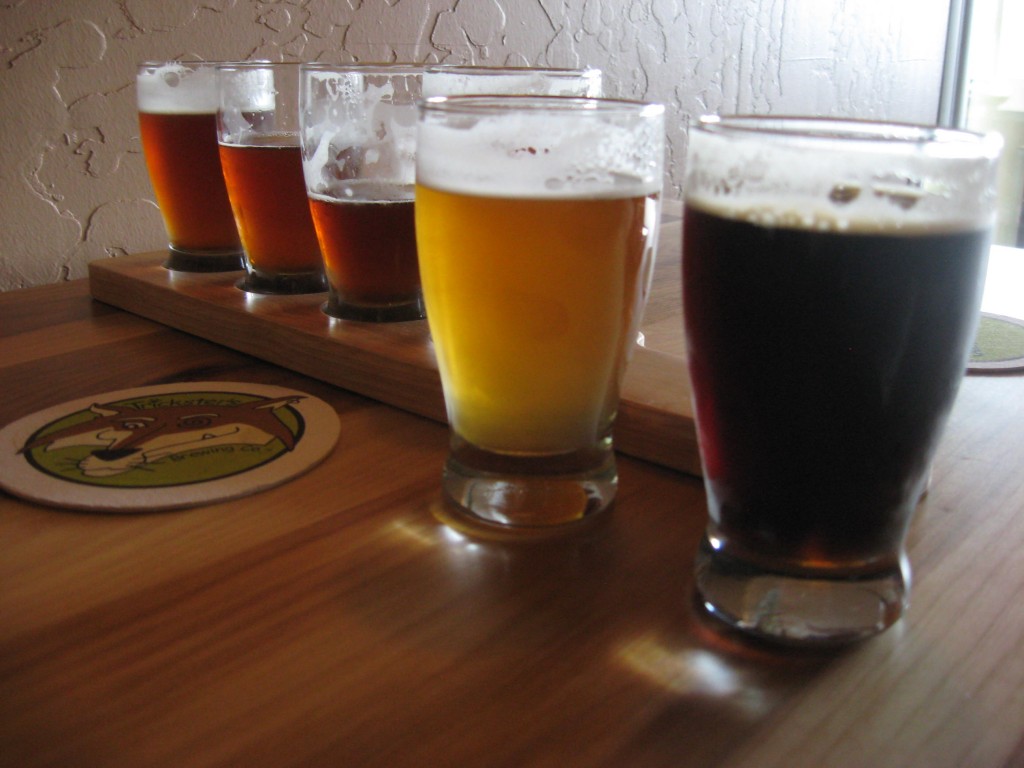
Written by Stephen Body

 Bend, Oregon…no matter what anyone says, my vote for the mythical (and mostly bogus) title of “Beer City USA†– besides the presumptive winner, San Diego – would have to go to this explosive brewing mecca, out there in the arid middle of Oregon’s High Desert. It is certainly, even including SD, the most per capita great brewery nexus in the country and the only real challenger is the far more tiny Hood River, Oregon, about 150 miles up Oregon Route 97. One quick scan of the breweries located in Bend makes the case eloquently…
Bend, Oregon…no matter what anyone says, my vote for the mythical (and mostly bogus) title of “Beer City USA†– besides the presumptive winner, San Diego – would have to go to this explosive brewing mecca, out there in the arid middle of Oregon’s High Desert. It is certainly, even including SD, the most per capita great brewery nexus in the country and the only real challenger is the far more tiny Hood River, Oregon, about 150 miles up Oregon Route 97. One quick scan of the breweries located in Bend makes the case eloquently…
Deschutes Brewery…
Want to read more? Please click…Â










You must be logged in to post a comment.